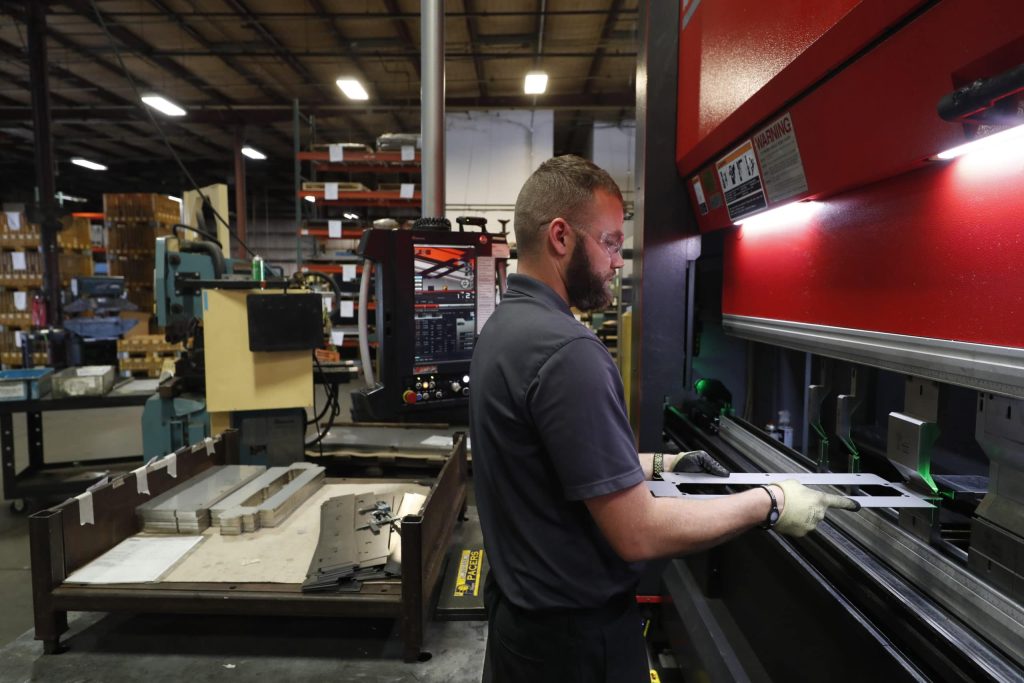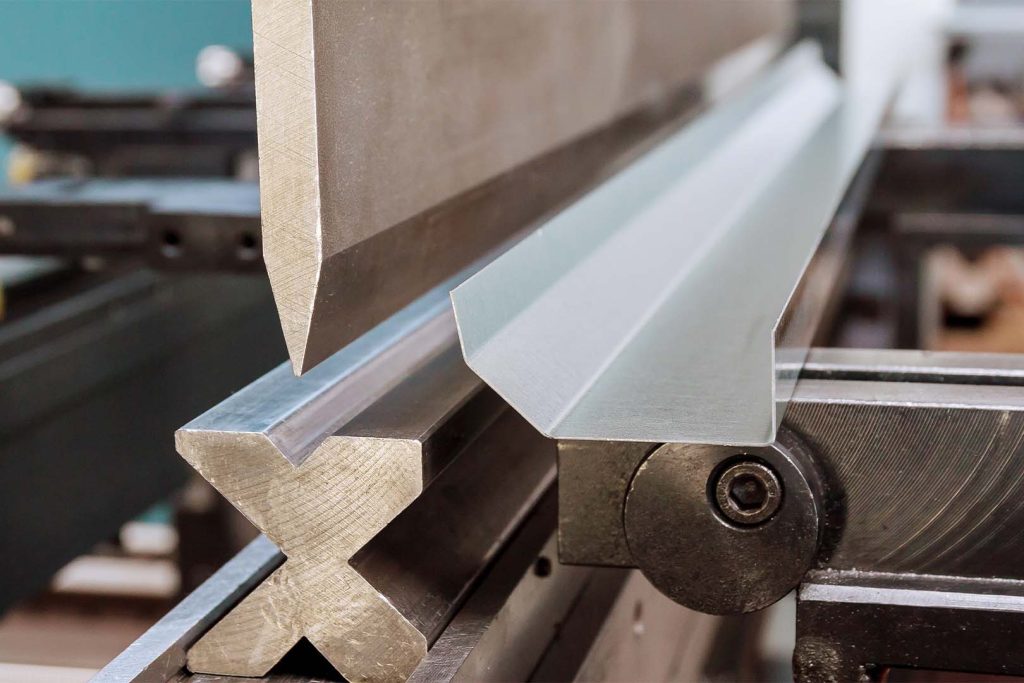Table of Contents
- Frequently Asked Questions
- What type of welder do I need to weld automotive sheet metal?
- What type of filler metal should I use for welding automotive sheet metal?
- What is the best technique for welding automotive sheet metal?
- How do I prevent warping when welding automotive sheet metal?
- What are some common mistakes to avoid when welding automotive sheet metal?
Are you looking to learn how to weld automotive sheet metal? Whether you’re an auto enthusiast or a professional mechanic, welding sheet metal is a critical skill to have in your arsenal. Sheet metal welding requires precision and patience, but the end result is a seamless repair that can save you money and improve the appearance of your car.
In this guide, we’ll walk you through the basics of welding automotive sheet metal, including the necessary tools and techniques for a successful weld. You’ll learn about the different types of welds, safety precautions, and best practices to ensure your welding project is a success. So, grab your welding mask and let’s get started!
How to Weld Automotive Sheet Metal: A Comprehensive Guide
Welding automotive sheet metal is a challenging task that requires proper knowledge, skills, and techniques. Whether you’re a professional mechanic or a DIY enthusiast, welding sheet metal can help you repair or customize your vehicle. In this article, we’ll provide you with a step-by-step guide on how to weld automotive sheet metal.
Preparing the Sheet Metal
Before you start welding, you need to prepare the sheet metal. First, clean the surface of the metal with a wire brush to remove any rust, paint, or debris. Then, use a grinder to create a beveled edge along the joint where you’ll be welding. This will help the weld penetrate deeper and create a stronger bond.
Next, clamp the metal sheets together, making sure they’re aligned properly. Use a ruler or a straight edge to check for any gaps or misalignments. If necessary, use a hammer or a mallet to adjust the sheets until they fit snugly together.
Choosing the Right Welding Technique
There are several welding techniques that you can use for automotive sheet metal, including MIG, TIG, and spot welding. Each technique has its own advantages and disadvantages, so you need to choose the one that’s suitable for your project.
MIG welding is the most common technique for sheet metal welding. It’s fast, efficient, and easy to learn. However, it produces a lot of heat, which can cause warping or distortion of the metal.
TIG welding is a slower and more precise technique that produces less heat, making it suitable for thin sheets of metal. It also creates a cleaner and more aesthetically pleasing weld. However, it requires more skill and experience, and it’s more expensive than MIG welding.
Spot welding is a technique that uses a special tool to create small welds at specific points on the sheet metal. It’s fast and efficient, but it’s not suitable for welding large areas or thick sheets of metal.
Setting Up the Welding Machine
Once you’ve chosen the welding technique, you need to set up the welding machine. Follow the manufacturer’s instructions and make sure that the machine is calibrated correctly.
Adjust the amperage, wire speed, and gas flow according to the thickness of the metal and the welding technique you’re using. Test the machine on a scrap piece of metal to ensure that the settings are correct.
Welding the Sheet Metal
Now it’s time to start welding. Begin by tacking the metal sheets together at several points along the joint. This will prevent the sheets from shifting or moving during welding.
Then, start welding along the joint, moving the welding gun slowly and steadily. Keep the gun at a 90-degree angle to the metal and maintain a consistent distance between the gun and the metal.
Make sure that the weld penetrates deep enough to create a strong bond between the sheets. Use a grinding wheel to smooth out any rough spots or excess weld.
Finishing Touches
Once the welding is complete, remove the clamps and clean the surface of the metal with a wire brush or a grinder. Check for any gaps or imperfections and fill them in with weld if necessary.
If you’re painting the metal, use a primer to prepare the surface and ensure that the paint adheres properly. You can also use body filler to smooth out any dents or scratches before painting.
Benefits of Welding Automotive Sheet Metal
Welding automotive sheet metal can help you save money on repairs or customization projects. It’s also a valuable skill that can be used for other DIY projects or professional work.
Welding sheet metal creates a strong and durable bond that can withstand the stresses of driving and weathering. It can also improve the structural integrity of your vehicle and increase its resale value.
Welding vs. Replacement
In some cases, it may be more cost-effective to replace a damaged or corroded sheet metal panel rather than welding it. However, welding can be a more practical and efficient solution for minor repairs or customizations.
Welding can also preserve the originality of your vehicle and maintain its historical or sentimental value. Replacement panels may not match the original design or color of the vehicle, and they may require additional modifications or adjustments.
Safety Precautions
Welding can be a dangerous activity that poses several hazards, including fire, electrical shock, and toxic fumes. Therefore, it’s important to follow proper safety precautions while welding automotive sheet metal.
Wear protective clothing, including gloves, goggles, and a welding helmet. Ensure that the work area is well-ventilated and free from flammable materials. Use a fire extinguisher and a first-aid kit in case of an emergency.
Conclusion
Welding automotive sheet metal can be a challenging but rewarding task. By following the proper techniques and safety precautions, you can create a strong and durable bond that will enhance the appearance and functionality of your vehicle. Whether you’re a professional mechanic or a DIY enthusiast, welding sheet metal is a valuable skill that can save you time and money in the long run.
Frequently Asked Questions
Welding automotive sheet metal is a crucial skill for any professional mechanic or DIY enthusiast. Here are some frequently asked questions and answers about how to weld automotive sheet metal.
What type of welder do I need to weld automotive sheet metal?
The most common type of welder for automotive sheet metal is a MIG welder. This is because MIG welding is relatively easy to learn and produces clean, strong welds. However, TIG welding is also a viable option for those who have more experience or want more control over the welding process.
When selecting a welder, consider the thickness of the sheet metal you will be welding and the amperage range of the welder. Choose a welder with a high duty cycle for extended welding sessions, and don’t forget to invest in safety equipment like a welding helmet and gloves.
What type of filler metal should I use for welding automotive sheet metal?
When welding automotive sheet metal, it is important to choose a filler metal that is compatible with the base metal. For mild steel sheet metal, ER70S-6 is a popular choice. For stainless steel sheet metal, use 308L filler wire. For aluminum sheet metal, use 4043 filler wire.
Before welding, clean the sheet metal thoroughly to remove any oil, grease, or rust. This will ensure a strong, clean weld. Take your time and be patient, as welding sheet metal requires a steady hand and attention to detail.
What is the best technique for welding automotive sheet metal?
The best technique for welding automotive sheet metal is to use short bursts of welding to avoid overheating and warping the metal. Start by tacking the sheet metal in place, then make small welds in a zig-zag pattern to distribute the heat and prevent warping.
Move the welder quickly and smoothly to avoid burning through the sheet metal. If you do burn through, stop immediately and let the metal cool before continuing. Finally, grind down the welds to smooth out any rough spots and create a clean finish.
How do I prevent warping when welding automotive sheet metal?
Warping is a common problem when welding sheet metal, especially if the metal is thin. To prevent warping, use short bursts of welding and allow the metal to cool between each weld. Weld in a zig-zag pattern to distribute the heat evenly and prevent distortion.
You can also use a backing plate or heat sink to absorb excess heat and prevent warping. Finally, be sure to clamp the sheet metal firmly in place before welding to prevent movement and distortion.
What are some common mistakes to avoid when welding automotive sheet metal?
One common mistake is overheating the metal, which can cause warping and distortion. Another mistake is using the wrong type of filler metal or not cleaning the metal thoroughly before welding.
Be sure to take your time and use short bursts of welding, as rushing can lead to mistakes and uneven welds. Finally, always wear proper safety gear and follow proper welding procedures to ensure a safe and successful weld.
In conclusion, welding automotive sheet metal is not as difficult as it may seem. With the right techniques, tools, and safety precautions, it is possible to achieve strong and long-lasting welds. However, it is important to remember that practice makes perfect, and it may take time to develop the necessary skills.
As with any welding project, safety should always be a top priority. This includes wearing appropriate personal protective equipment, such as gloves and a welding helmet, as well as ensuring proper ventilation in the workspace. Taking these precautions can help prevent injury and ensure a successful welding project.
Remember, welding automotive sheet metal requires patience, attention to detail, and a willingness to learn. By following the tips outlined in this guide and practicing regularly, you can become a proficient welder and tackle even the most challenging automotive welding projects with ease.
Request a quote today!
[contact-form-7 id="1578" title="Contact form"]
Please compress the file into a ZIP or RAR file before uploading. Alternatively, send through your RFQ by email.
enquires@unitymanufacture.com




